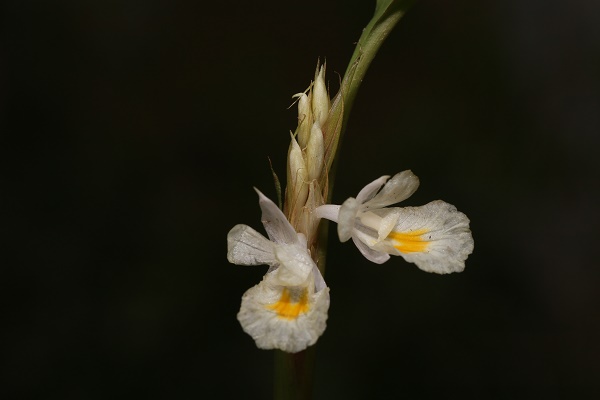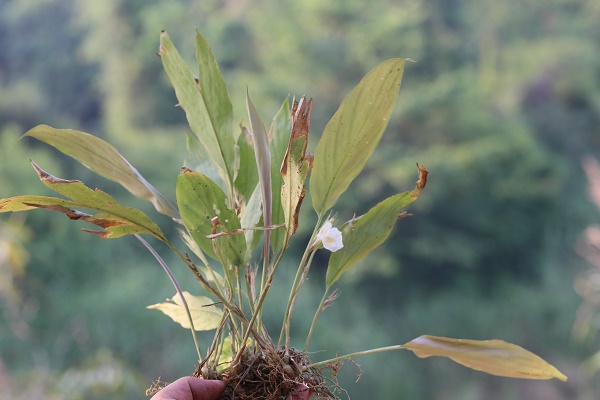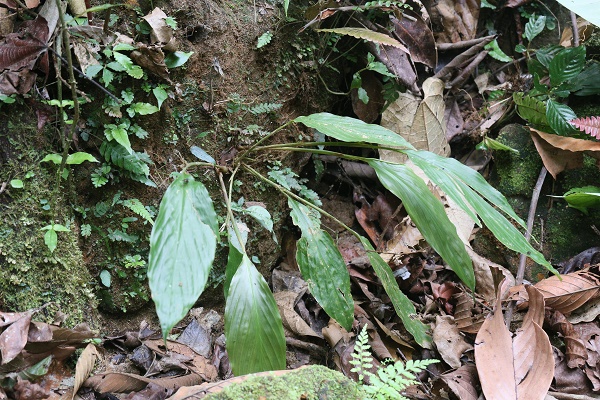A team of researchers from the Xishuangbanna Tropical Botanical Garden (XTBG) of the Chinese Academy of Sciences, in collaboration with the Forest Research Institute of Myanmar, has identified a new plant species of Zingiberaceae (ginger family), Monolophus unifolius, during fieldwork surveying plant diversity in Myanmar’s Htamanthi Wildlife Sanctuary.
The discovery combined traditional taxonomy with cutting-edge genomics. DNA extracted from silica-dried leaves underwent Illumina sequencing, and phylogenetic trees were reconstructed using maximum likelihood and Bayesian methods.
Monolophus unifolius is perennial rhizomatous herbs, forming a loose clump with 4–18 leafy shoots. It displays distinct morphological features compared to other Monolophus species, notably a single leaf blade per shoot and a white labellum with a yellow spot at the throat.
This species is endemic to the Sagaing Region in Northern Myanmar and has currently only been observed at its type locality within the Chindwin River Basin. Its habitat encompasses the surfaces of stones along moist streams in the tropical rainforest understory at elevations ranging from 150–200 m.
Despite a known population size, the researchers determined its conservation status as Data Deficient (DD) due to a lack of comprehensive knowledge and data. This assessment was made in accordance with the criteria established by the International Union for Conservation of Nature (IUCN).
The taxonomic history of the genus Monolophus is intricate. Initially proposed by Wallich in the early 19th century, it was formally established by Delafosse, Guillemin, and Kuhn in 1830. Subsequently, the genus encountered synonymy disputes, particularly with Caulokaempferia, which was suggested in 1964. Nevertheless, recent research has reaffirmed Monolophus as the valid name under the International Code of Nomenclature, emphasizing historical precedence and morphological distinctness.
“The discovery of Monolophus unifolius further consolidates this classification. Molecular phylogenetic studies utilizing nuclear ribosomal ITS sequences have confirmed its position within Monolophus, specifically clustering with M. limianus in Clade II. This discovery clarifies previous ambiguities and enhances our understanding of its evolutionary relationships,” said TAN Yunhong of XTBG.
The new species was published in Phytotaxa.

Monolophus unifolius (Image by DING Hongbo)

Monolophus unifolius (Image by DING Hongbo)

Monolophus unifolius (Image by DING Hongbo)
First published: 02 May 2025



